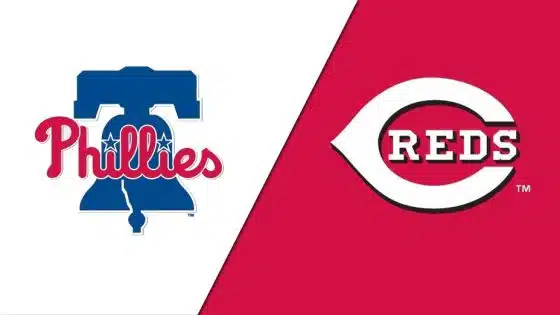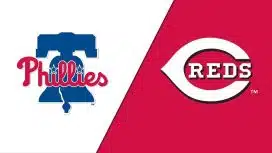The MLB’s Winter Meetings are upon us as baseball executives, agents, players, media members, and hopeful job seekers will all flock to San Diego on Monday for the start of this year’s edition of the meetings. Unfortunately, what’s supposed to be the most action packed week of the MLB offseason has seen little to no activity over the past few years. Last year, we saw an unprecedented small amount of action at the meetings as the Bryce Harper and Manny Machado sweepstakes pulled the market all the way into late February.
So why is it important that the Winter Meetings are exciting? Well for one, it’s a way for the MLB to get fans excited in the dead heat, or cold rather, of the offseason. It’s comparable to the NFL and their multi-day NFL Draft event. It drums up excitement weeks before it starts and most importantly gets people talking about the sport even when it’s months away from even starting. Or take the NBA who has its annual free agent frenzy every offseason. The second free agency opens, there is a flurry of signings and over the course of two to three days, the NBA and its fans are buzzing with activity.
If the MLB wants to bill this as an event that is deserving of wall-to-wall coverage from MLB Network and the constant tweeting and interviews from all the MLB’s most plugged-in insiders, they need to figure out a way to fill it with free agency and trade action.
During the lull of action in the past few years of Winter Meetings, many have been brainstorming ways to speed up the free agent market and incentivize trading to pull all the action into the Winter Meetings. Throughout that time I found a few ideas that I thought be both intriguing and troublesome.
The first intriguing idea I found was just presented yesterday by Sports Illustrated’s Tom Verducci. His idea was essentially a Competitive Balance or Luxury tax coupon. If a club makes a signing of three years or more before 8pm on the Wednesday of the meetings, 50% of the average annual value of the contract doesn’t count towards that team’s payroll for Luxury Tax purposes.
On the surface, this seems like an effective idea that will incentivize teams to speed up the process and start getting deals done at the meetings. General managers now have a reason to get deals done during the meetings and MLB fans have a reason to pay attention.
However, a deeper look at this idea reveals a flaw that may not make it as effective as originally thought.
Let’s break it down. In 2019, the Luxury Tax Threshold was $206 million. Any team that pushed their payroll over that threshold had to pay an extra tax on the amount they went over. Only the Red Sox, Cubs, and Yankees surpassed that number in 2019.
So here lies the problem: the Luxury Tax threshold is really only a problem for a few teams, primarily big market teams. In 2019 the bottom nine teams in payroll didn’t even come within $100 million of the threshold. So if you’re a small market team like the Pirates, whose payroll sat at around $76.5 million on Opening Day 2019 ($129.5 million under the threshold), are you really incentivized to save Luxury Tax space? In all reality, no matter what your savings are for that calculation, you still owe the player the full amount of the average annual value for that season. This isn’t a coupon off paying the actual contract, rather just a coupon off the number the MLB uses to determine if you are over the luxury tax for that particular season.
I would venture to say that almost 15 teams are not directly affected by this change. So while this may get the big market teams to sign players early, there’s a whole bunch of low payroll teams that don’t have much of reason to sign players early.
To ensure more trades occur at the Winter Meetings, I came across Rafa Nieves, an agent, who suggested splitting the offseason into three meetings rather than two. In his plan, there would be the usual General Manager meetings in November, the “Trade” Meetings in December, and lastly the Winter Meetings in January.
The idea would be to set an offseason trade deadline following the Trade Meetings so that the remaining holes a team needs to fill will have to be done through the Winter Meetings the following month.
In theory, I like this plan but there is probably some sort of refining needed. One of the issues I see coming is team executives pushing back against adding a third week of meetings. The Winter Meetings are already a very stressful, sleep depriving few days for executives, I doubt they would want to essentially add another week of that.
These two ideas are just the tip of the iceberg in search for a way to spice up the Winter Meetings. After the last few years of boring meetings, it seems almost crucial to change something. There was a day when they were a can’t miss event. Hopefully we’re not far from it one day returning to that.





